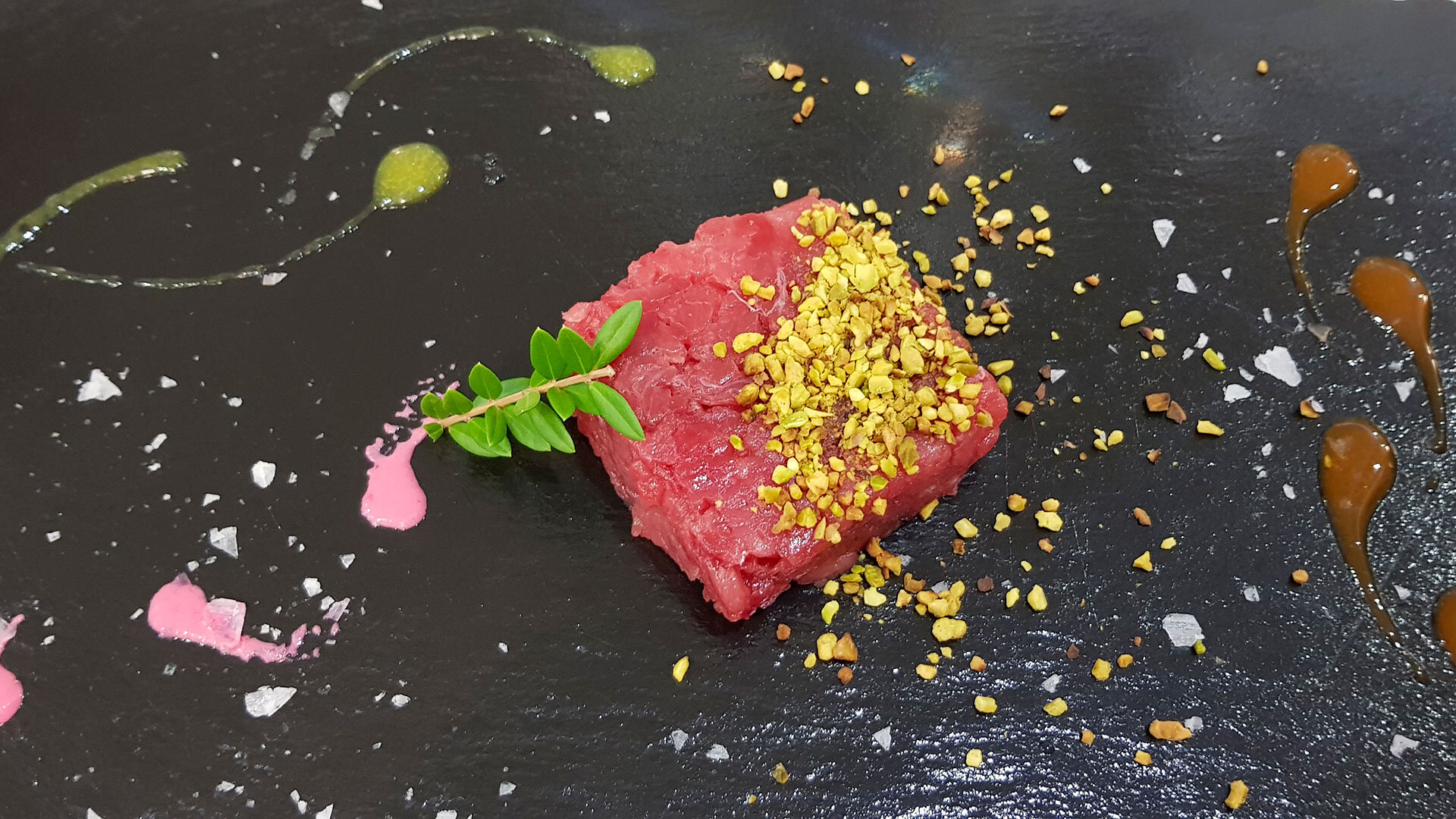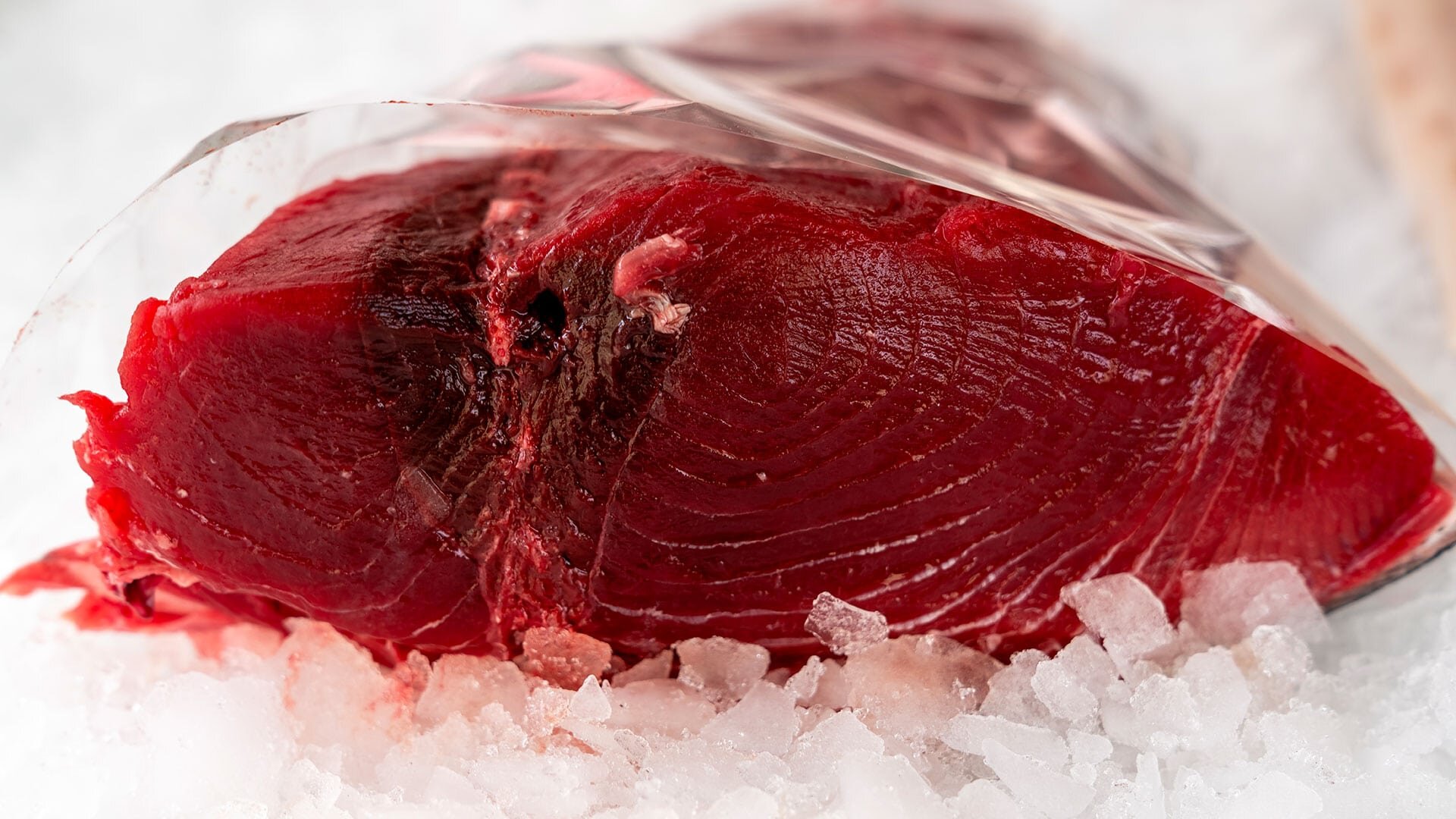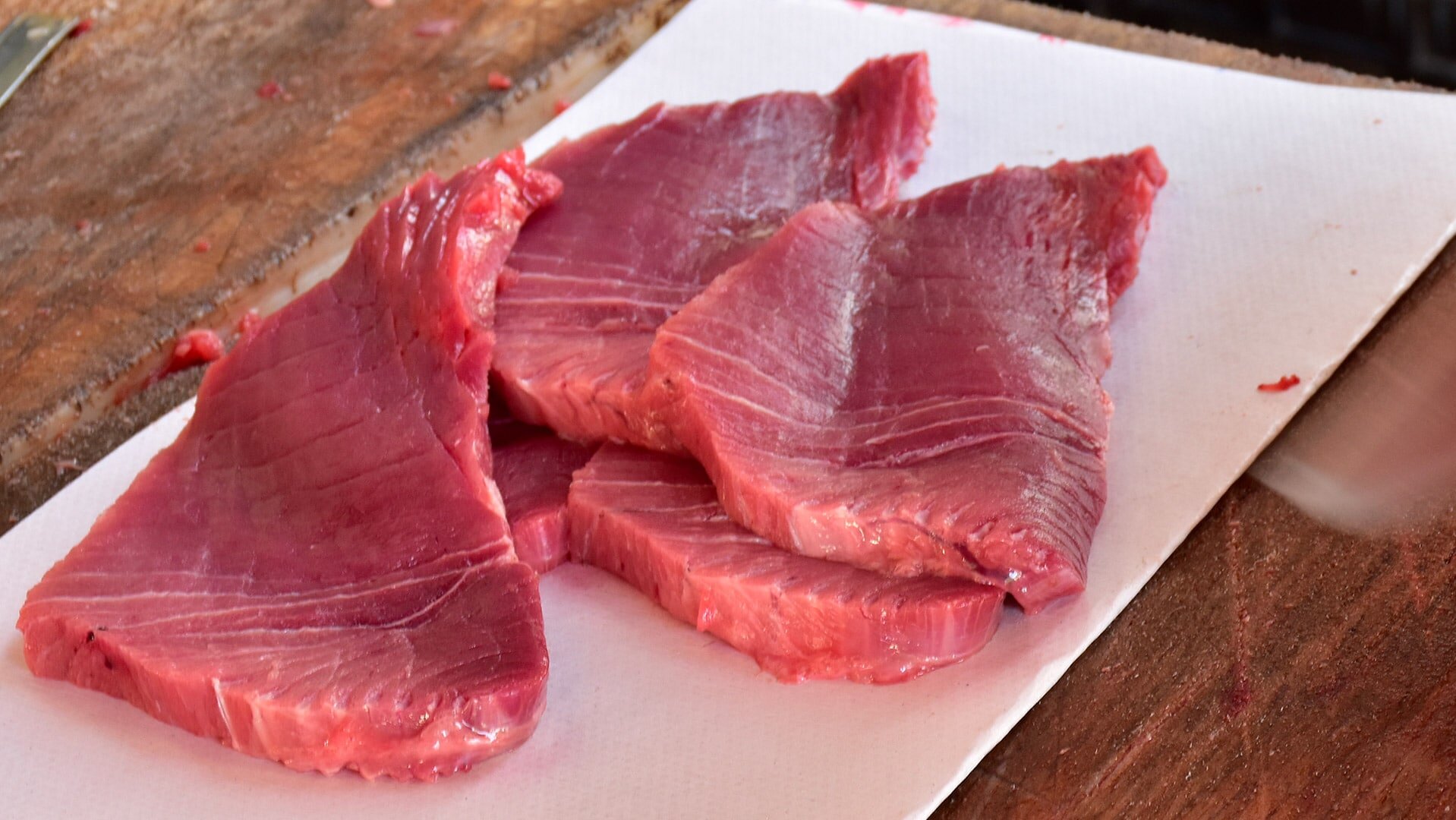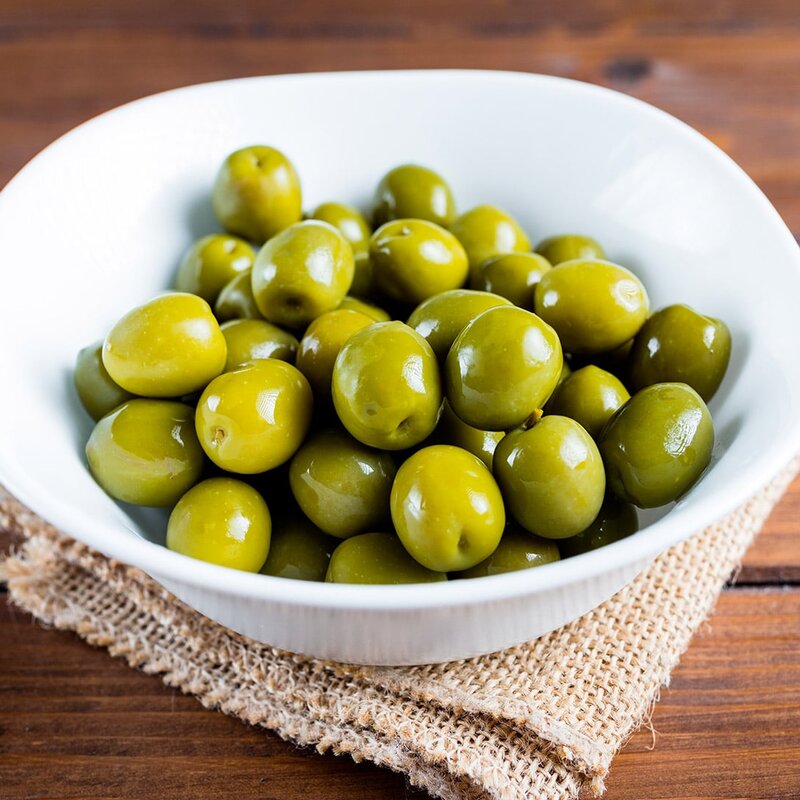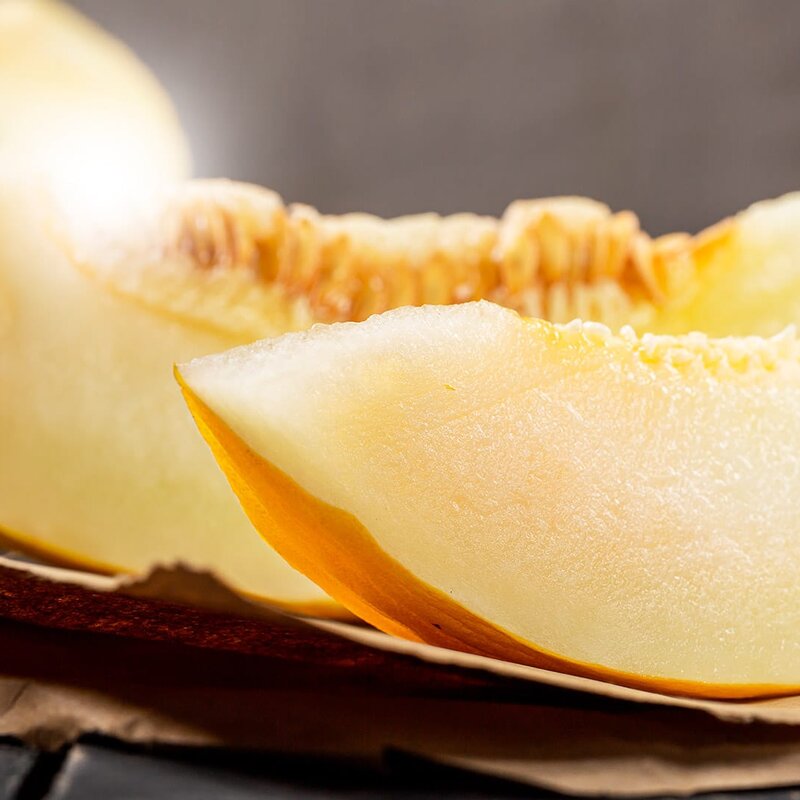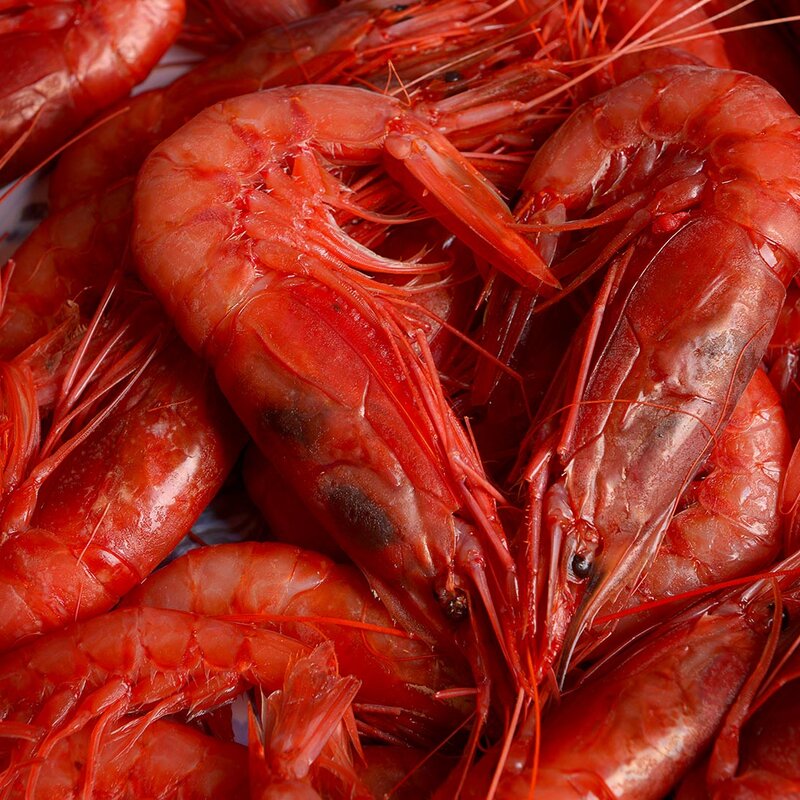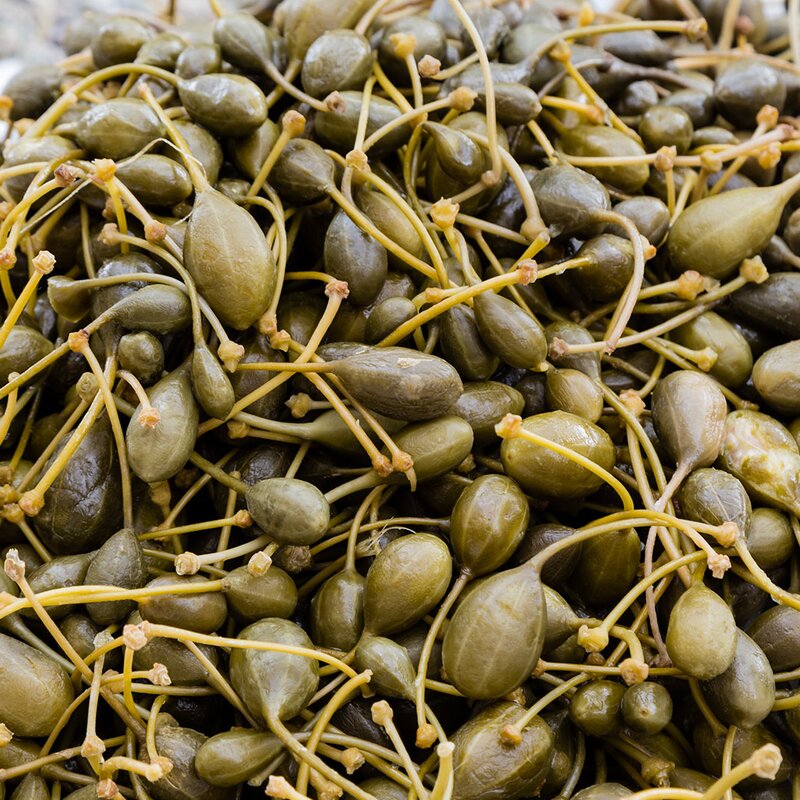Tonno Rosso

In the west of Sicily, bluefin tuna has long been an important element of theeconomy and the livelihood of its inhabitants, and it is even depicted in the prehistoric paintings of the Grotta del Genovese on the island of Levanzo.
The bluefin tuna lives in temperate waters and is native to the Atlantic Ocean, but endures very long migrations in order to reproduce in the spring in the warm, calm waters of the Mediterranean, with a mating ritual that has made this species vulnerable to human hunting.
Until the first half of the twentieth century in Sicily, the arrival of bluefin tuna near to the shores marked the most important time of the year, when local communities depended on tuna for their food supply. Due to the tuna’s massive size, its fishing has traditionally entailed the observance of a ritual involving all members of the community.
In the “tonnare” (tuna fisheries), the “mattanza” (slaughter) provided the raw material for numerous tuna products – the so-called “tonnara” products – such as canned tuna in oil, bottarga (the pressed and salted roe), milt and the highly prized ventresca (belly meat).
